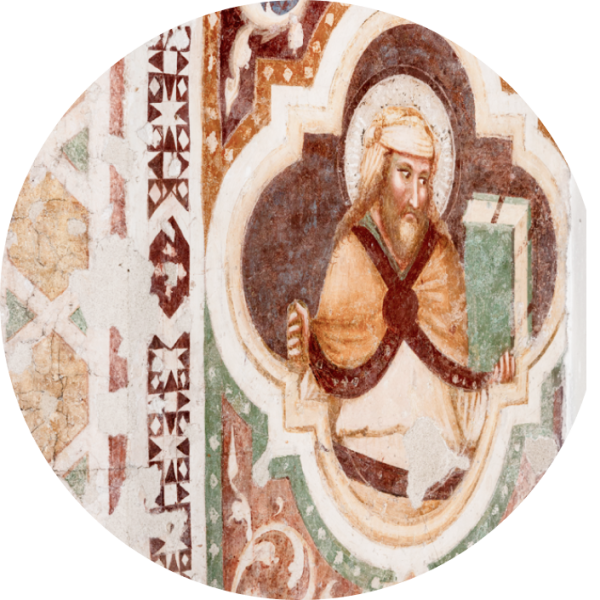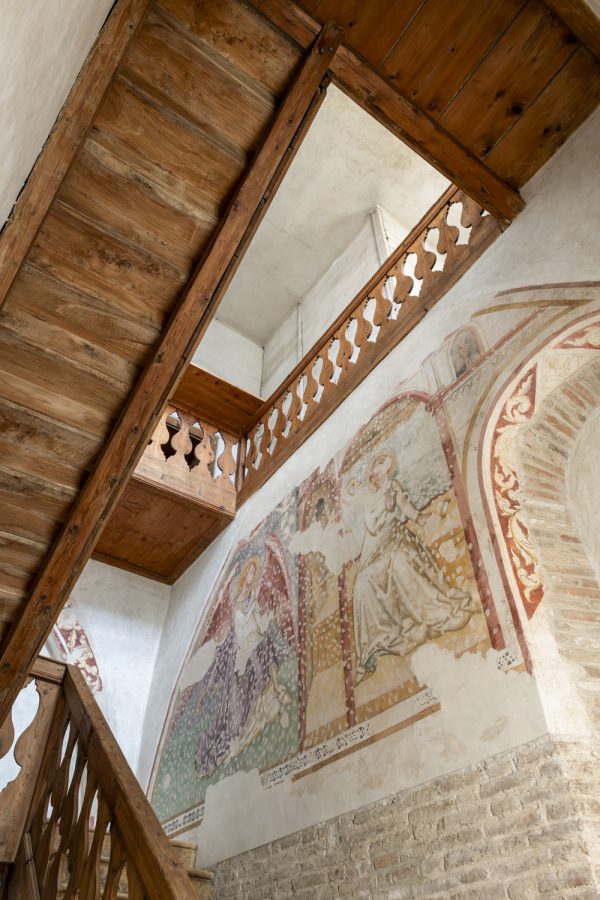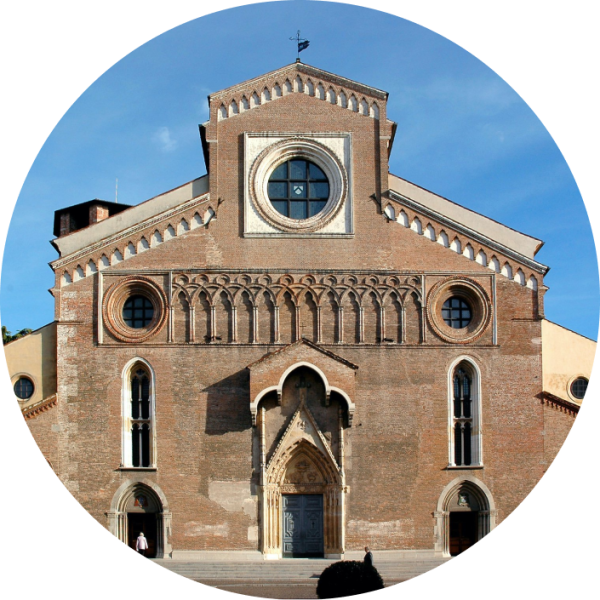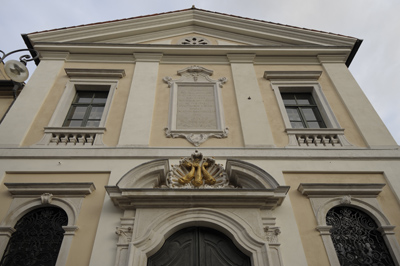Dolfin room
In these rooms, the works of art testify and reflect the artistic and historic importance, as well as the liturgical function between XIII and XVIII centuries.
You can also see the consequences of the structural changes and expansion of the Dome especially during ‘700, looking at the rests of the ancient church dedicated to Saint Odoric during the patriarchy of Gregorio di Montelongo (1251-1269). They are part of the frescos that have been found under the Dome’s floor during the works of restoration. The reconstruction of that particular time can be noticed by looking at the “Christ in the mandorla”, partial figures of Saints, decoration and friezes dated between XIII and XV centuries.
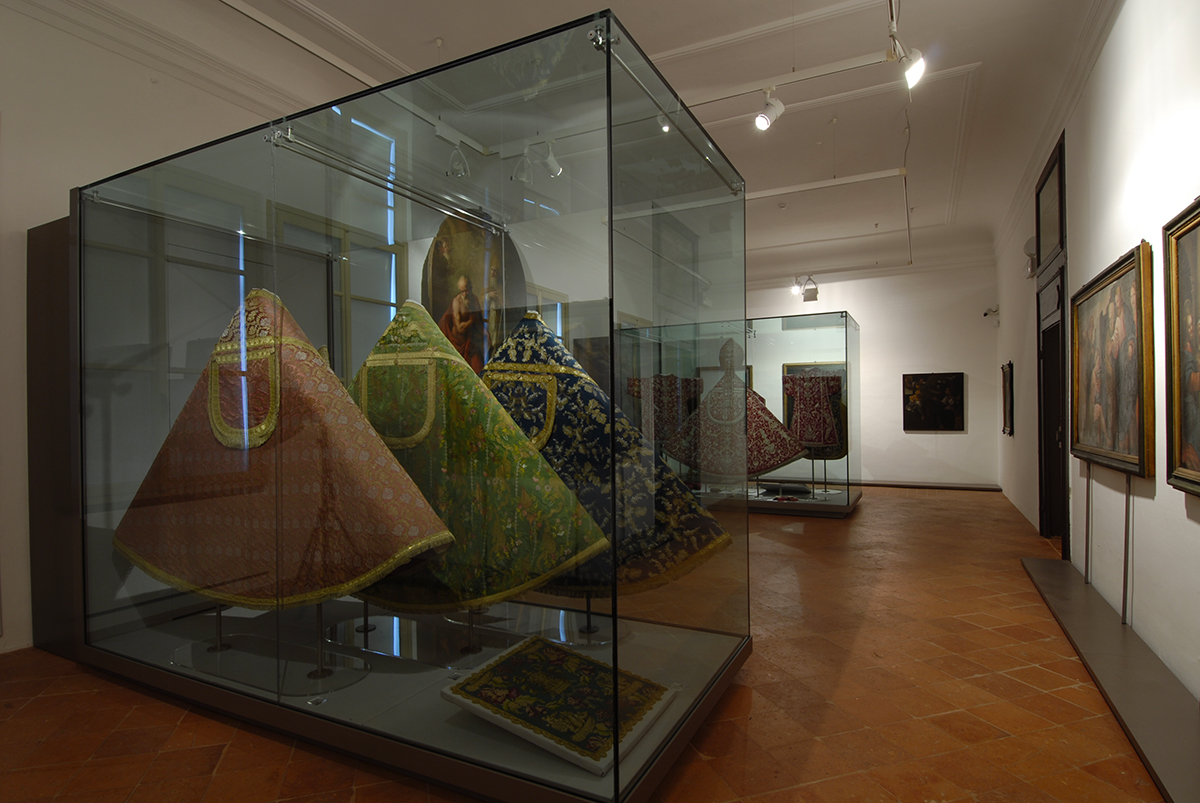
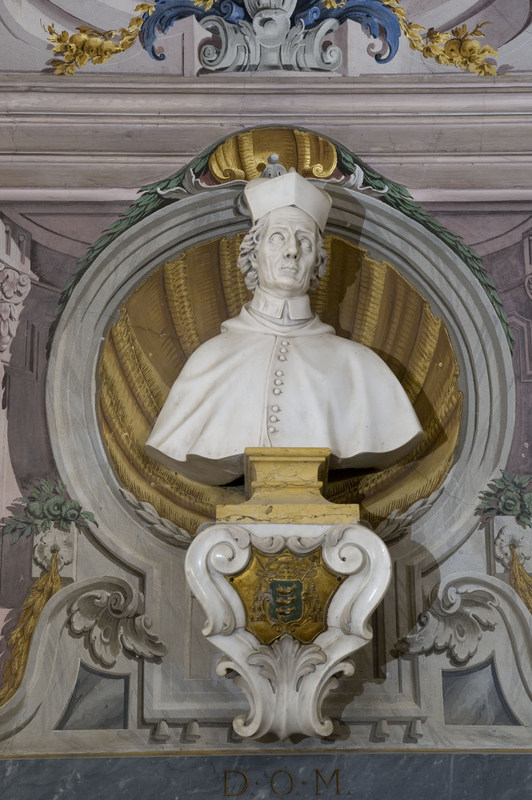
In the Dolfin room, the detached frescos from the presbytery date back to Manin’s reform period and were made by Luis Dorigny (1654-1742). They portray 1720 angels and heads of angels that unfortunately fell from the ceiling of the presbytery due to a fire during World War II (1945).
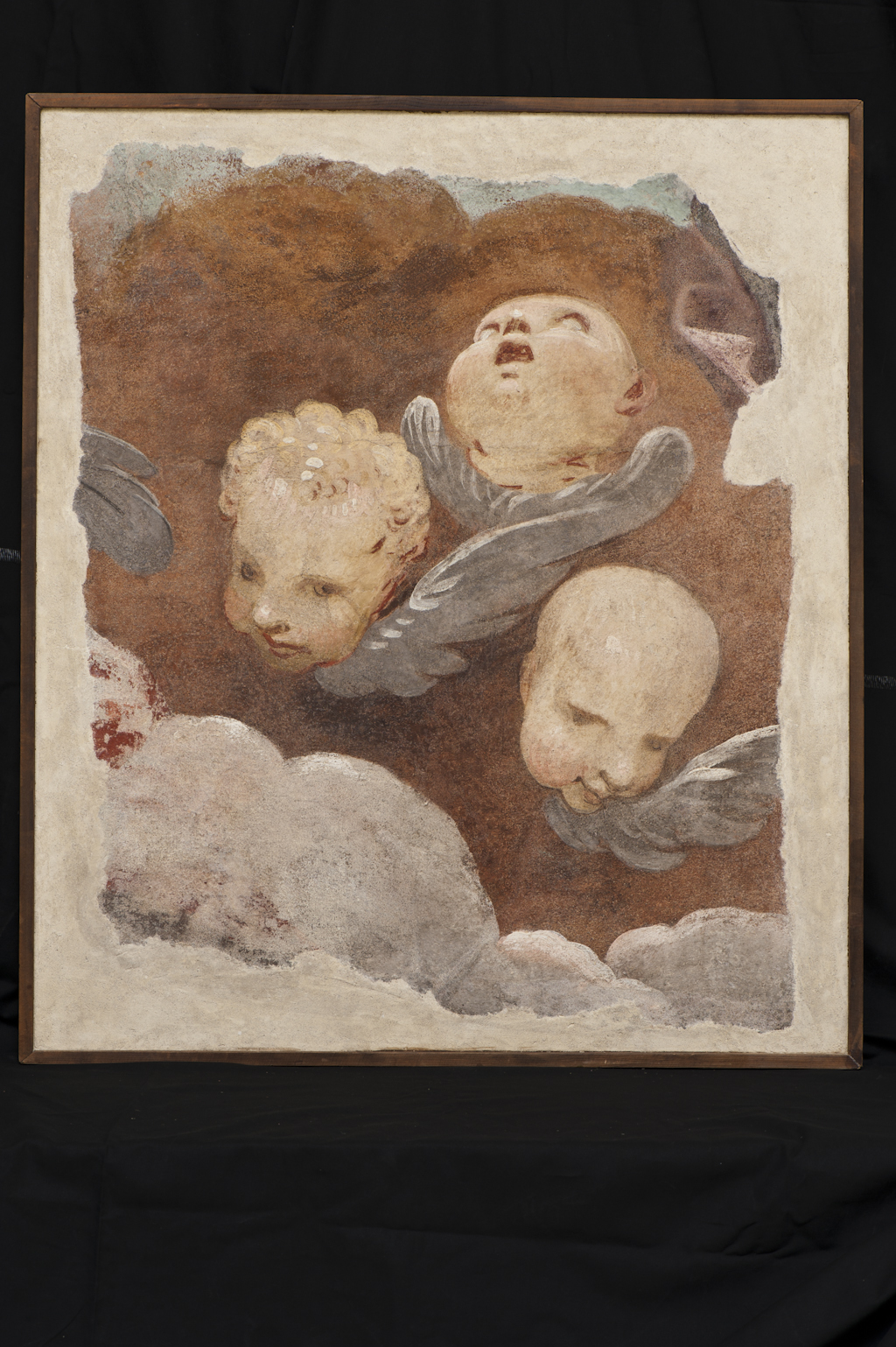
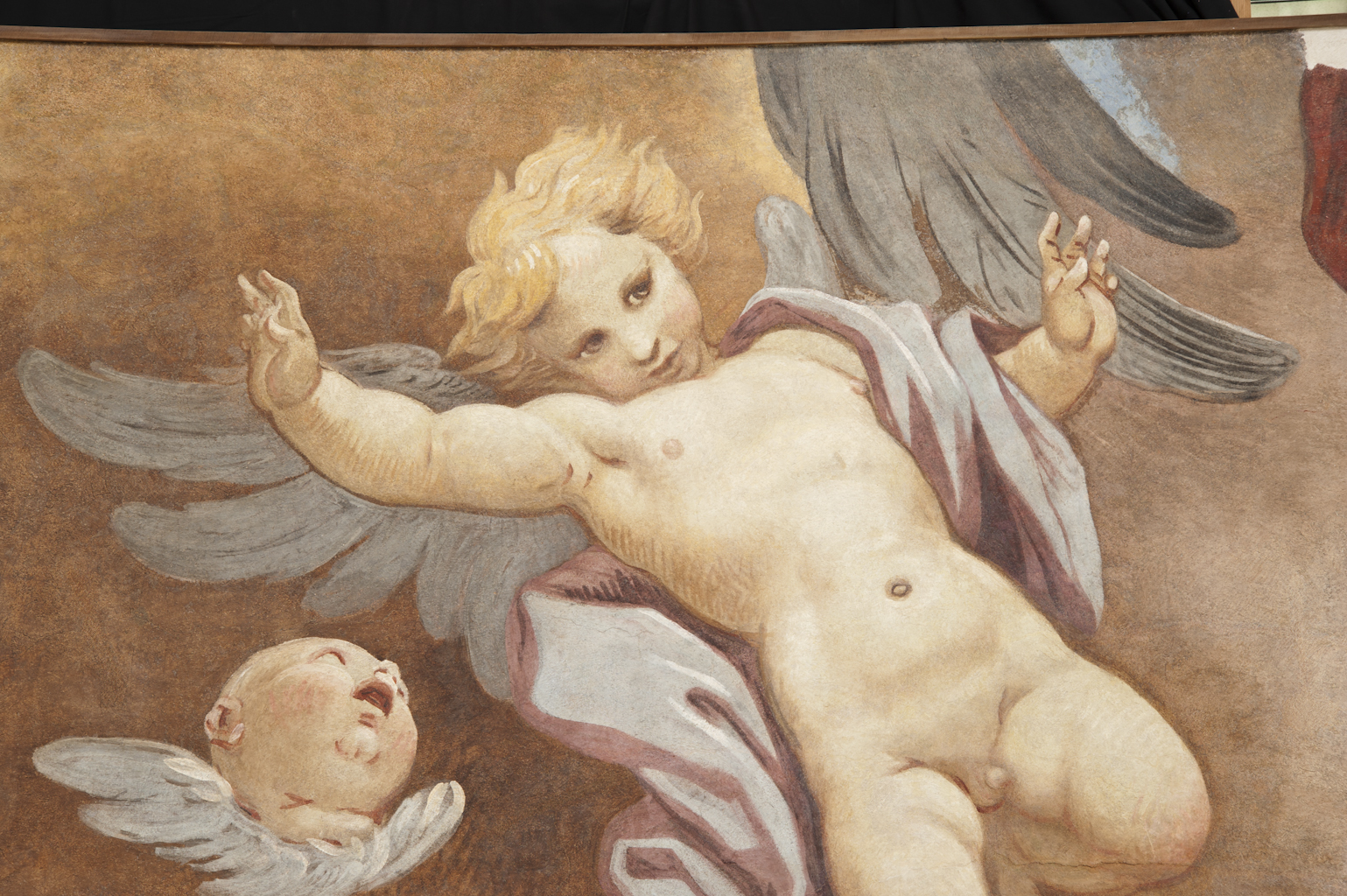
In the display cabinets you can admire:
Selected vestments from the Dome’s deposit, some of them with the Dolfin’s coat. Textiles are very precious and some distinguish themselves from the traditional textile production and embroidery. With the financial support of the Manin family, Dolfin’s patriarchs started the Dome’s Baroque reform. The Manin aimed to increase their prestige and power in the region, for this reason they invested in a enlightened patronage of the arts in Friuli and Veneto.
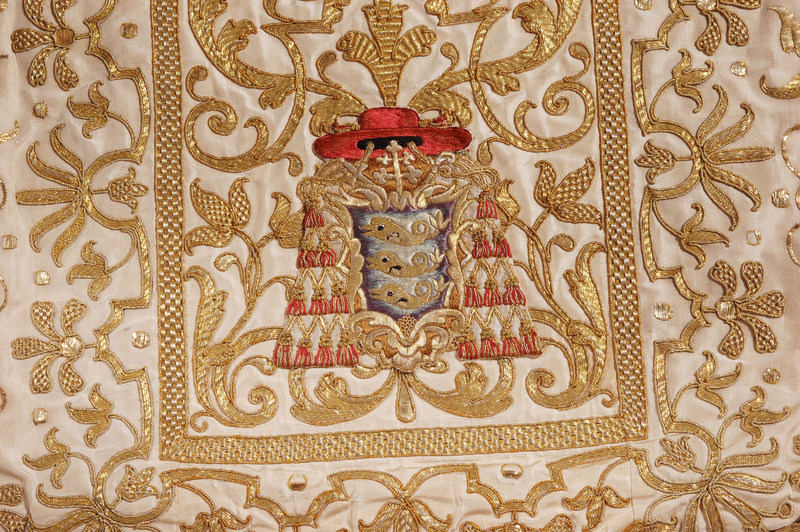
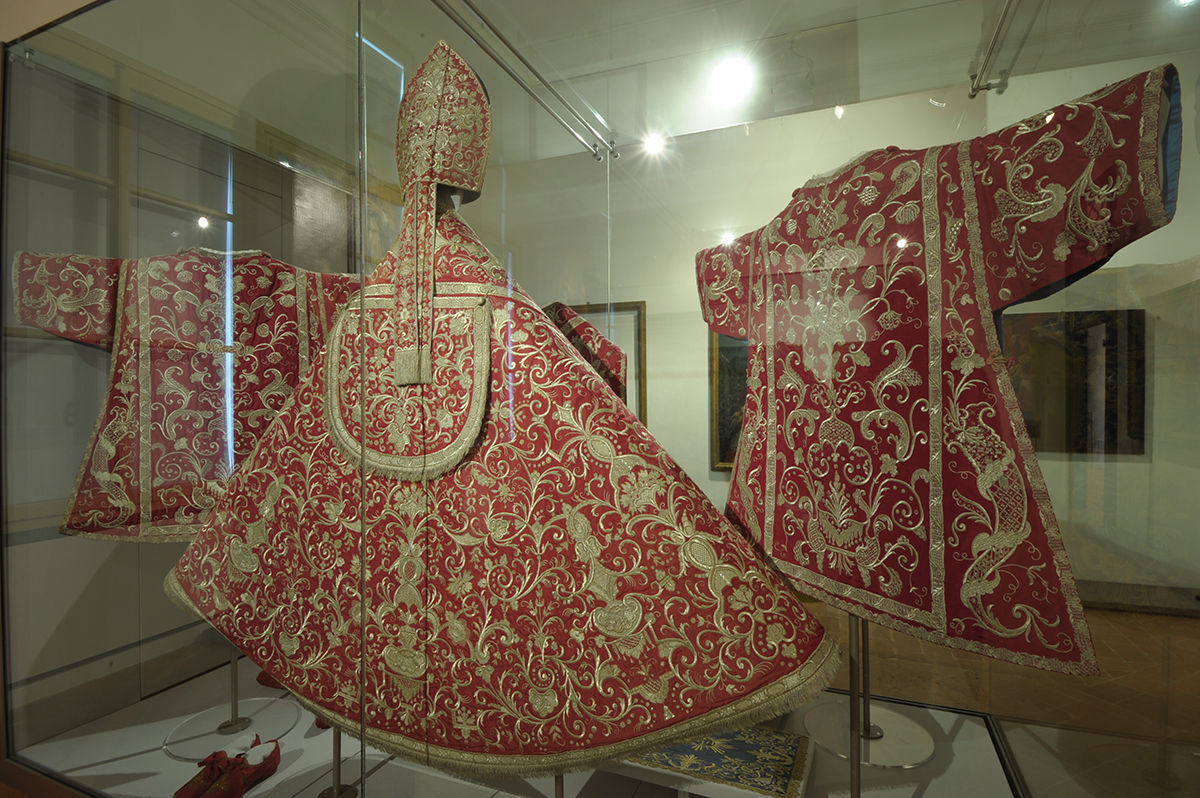
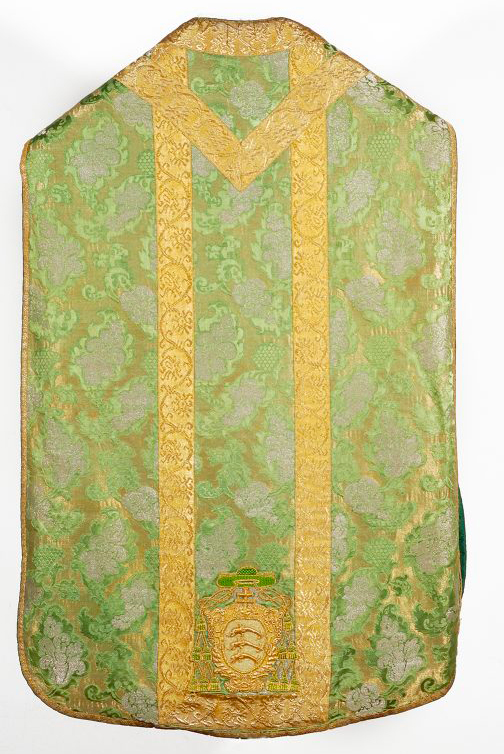
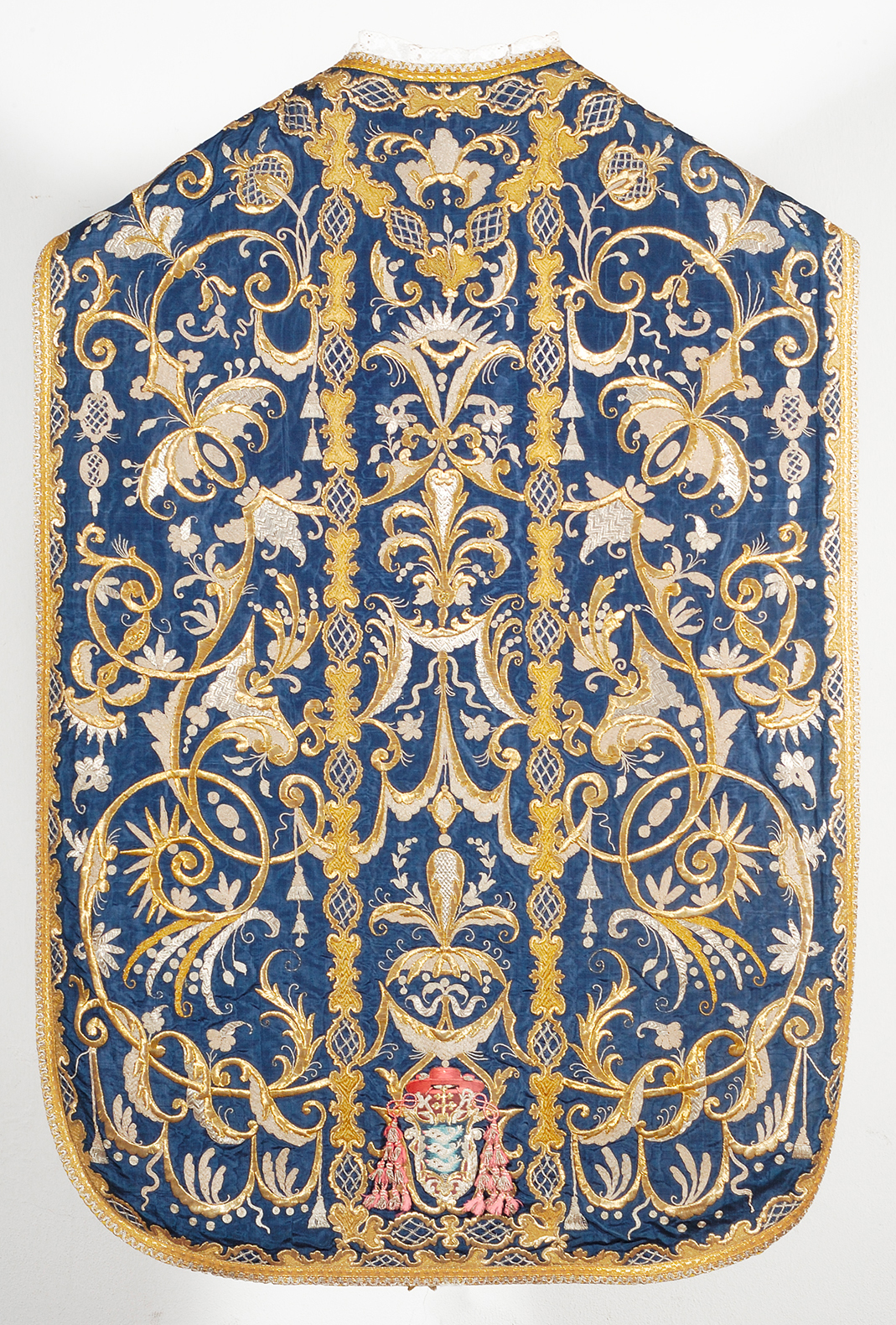
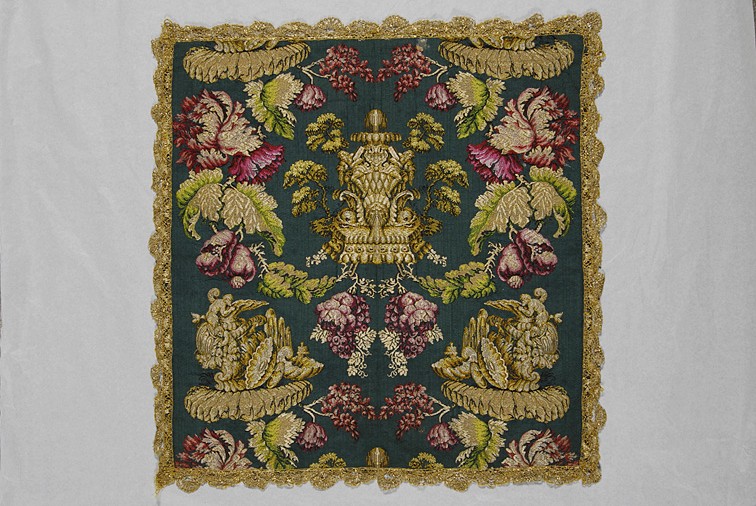
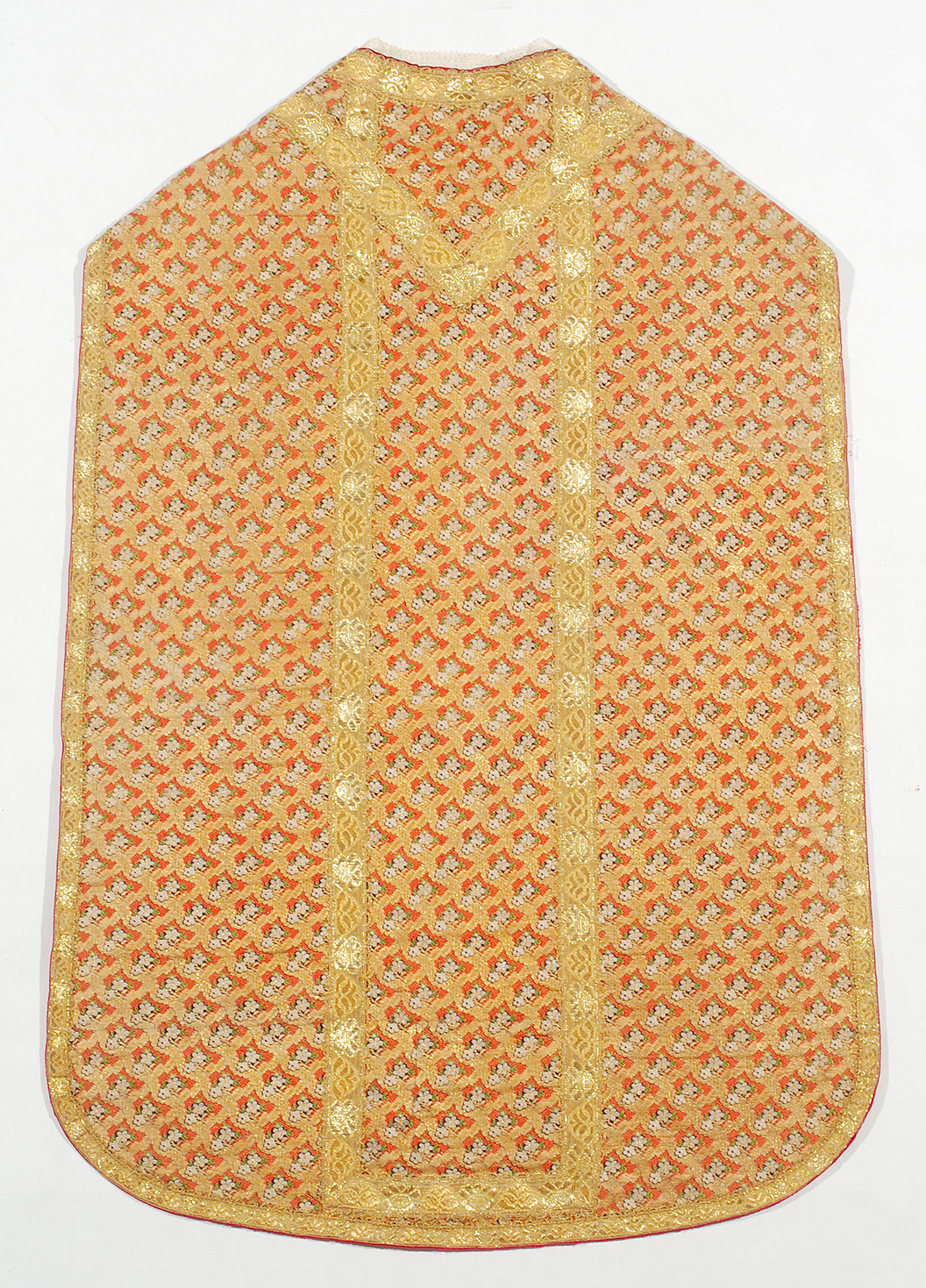
The baroque reform revolutionized the church, by modifying, renewing and substituting also the organs. Pietro Nachini, in the portray on the wall, realised the new smaller organs. The old paintings are now showed in the museum and originally were part of the cornu episolae organ, the one on the right side of the Dome. The painter is Giovanni Antonio de Sacchis called il Pordenone, who is representative of the Friulian Renaissance and realized “The baptism of the four virgins from Aquileia by Saint Hermagorus” and “the deposition of Saints Hermaguros and Fortunato”.
From the left organ, the cornu evangeli, are the board paintings made by Giovanni Battista Grassi (1525-1579) in 1566. The Annunciation is by Francesco Floreani (1515-1593) and dates back to 1566.
The altarpiece by Pietro Antonio Novelli (1729-1804) comes from the old chapel dedicated now to Our Lady of Divine Providence and figures Saint Nicolas and Saint Jerome, removed in 1846.
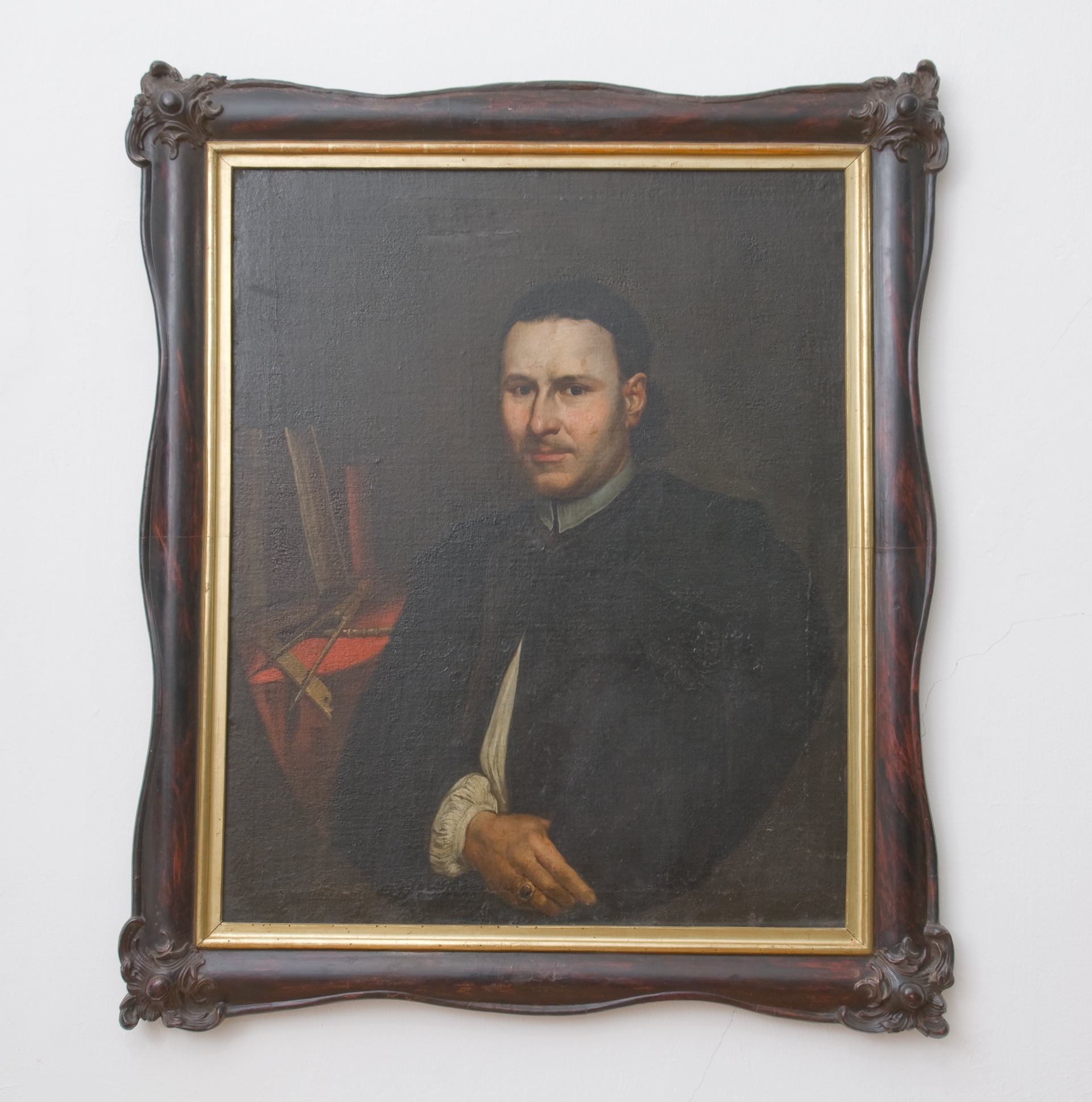
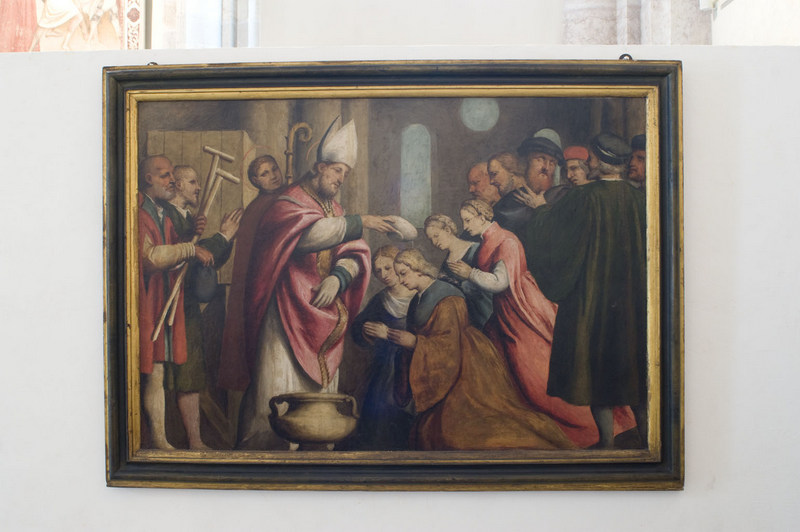
In front of the altarpiece, you can see the carved and golden wood XVIII cent. faldstool, destined to the presbytery by patriarch Dioniso Dolfin. It is a rich and precious patriarchal chair that reflects the style of the period, removed from the presbytery after the Second Vatican Council.
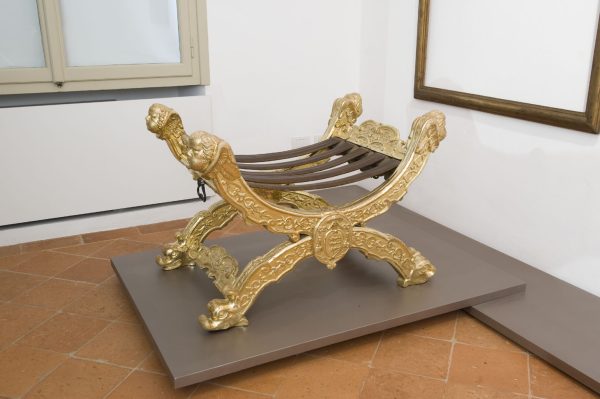
Foto 13

 English
English

